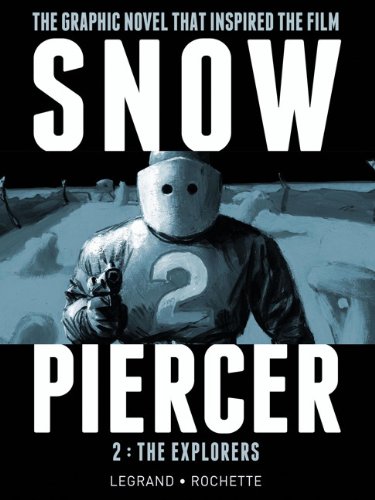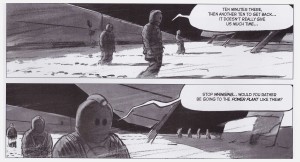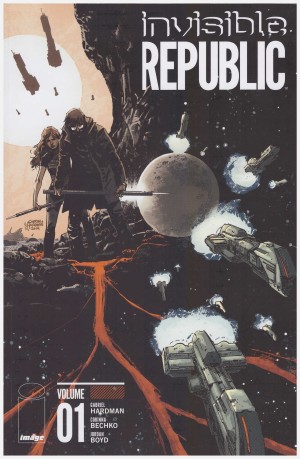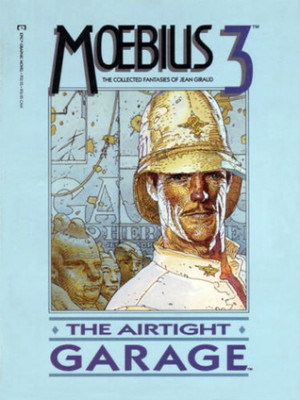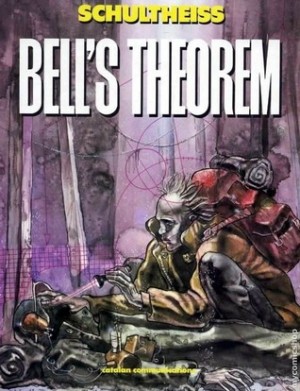Review by Frank Plowright
Jean-Marc Rochette picked up his pens again to begin work on the first of two sequels fifteen years after completing his work on the first Snowpiercer graphic novel. These were published in France in 1999 and 2000, and combined here. At that point his career extended back almost twenty years, yet there was something about the bleak intensity of Snowpiercer that fixed it as his best known work.
The original book featured a train dragging over 1000 carriages over tracks laid on a perpetually frozen world. Snowpiercer 2, known as Icebreaker, is considerably larger, but operates under the same principle of almost perpetually circumnavigating the world. The residents on the train are split into classes, and religious broadcasts instil a perpetual fear of crashing into the original train.
The narrative concentrates on Puig, who’s classified as an Explorer, sworn to secrecy as one of those who explores the icy wastes outside the train during what are claimed to be braking tests. Also featured is Val Kennel, daughter of a high ranking official. She’s a virtual technologist, creating the escapist scenarios available to those who can pay enough, or the fortunate winners who’ve gambled on a lottery. Sadly, as interesting as this is, it’s mentioned and we move on, and Val is sidelined for much of the remainder, although is pivotal near the conclusion.
It’s the same cast who continue through to the second book. Series creator Jacques Lob died before these sequels were begun, so novelist and literary translator Benjamin Legrand takes over. He has quite the satirical outlook – the population are pacified by documentaries on the lives of insects, for instance – yet avoids the metaphorical social commentary of his predecessor. In both books collected here Legrand delves into the political hierarchy perpetuating the Icebreaker’s functions, but this is primarily a distant echo of what Lob created, with little of his accompanying lyrical quality. The result is a more straightforward adventure story, while continuing the desolate atmosphere.
The scenario that Lob created is fantastic, but other aspects aren’t at all successful. There’s never any real feeling behind the central relationship, which at times could be considered opportunistic rather than genuine, although it could also be viewed as an extension of the frozen atmosphere.
In the years since he created the first book Rochette’s style has become looser and more impressionistic. He’s still working in grey wash, but people are less distinct, and his storytelling at times dull. There are some good visual effects to compensate, such as what occurs when the elements intrude into the train, or the scale of the train mapped against its surroundings at different stages.
Not one to rush into a follow-up, Rochette waited a further fifteen years before delivering a further book, Terminus, in 2015.
